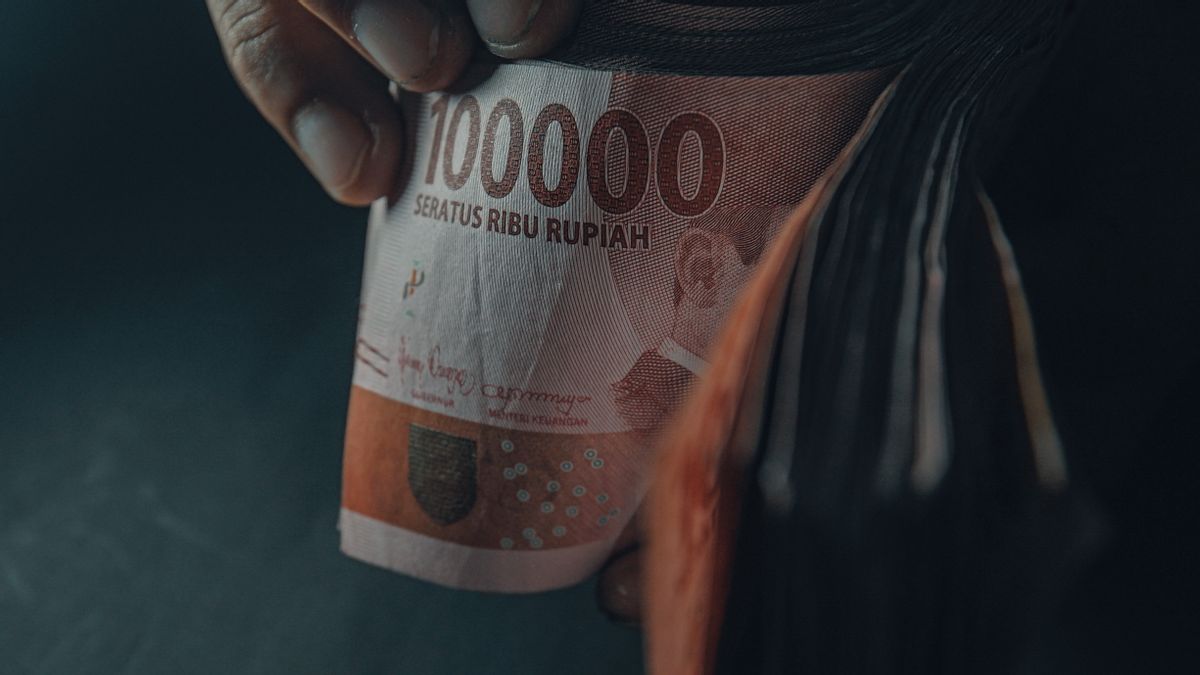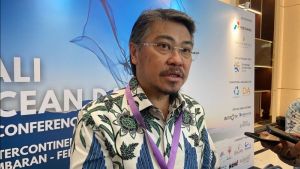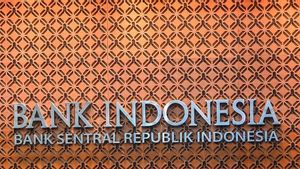JAKARTA - Bank Indonesia (BI) assesses that the measure of the monetary authority to keep the benchmark interest rate at a low level has received a quite limited response from the national banking system.
Head of the Communication Department of Bank Indonesia, Erwin Haryono said this could be seen from the slower prime lending rate (SBDK) of financial services compared to the more aggressive 1-month deposit rate cut.
"This has led to a widening or spreads in credit interest rates and deposit rates in banks", he said in an official statement, Monday, March 22.
For information, BI revealed that from January 2020 to January 2021, the BI7DRR interest rate fell by 125 bps year-on-year (yoy).
Meanwhile, prime lending rates only fell by 78 bps yoy. This caused the SBDK spread against the BI7DRR to widen from 5.82 percent in January 2020 to 6.28 percent as of January 2021.
On the other hand, the 1-month deposit rate fell by 189 bps yoy, so that the spread between the prime lending rate and the 1-month deposit rate increased from 4.86 percent to 5.97 percent.
"Meanwhile, the SBDK of state-owned banks is expected to decline in line with the announcement of the decrease in SBDK for state-owned banks", he said.
He explained that in January 2021, the SBDK of BUMN banks was still the highest (10.80 percent) compared to other bank groups.
However, the SBDK of state-owned banks is expected to decline starting March 2021. The acceleration of the decline in the SBDK of the BUMN bank group that has been announced is also expected to be followed by other bank groups.
For your information, the publication of the transmission of policy rates to the basic interest rates for bank credit is a follow-up to the Decision of the Board of Governors Meeting for the February 2021 Period.
"The purpose of this publication is to support the acceleration of the transmission of Bank Indonesia's monetary and macroprudential policies as well as to expand the dissemination of information to consumers, both corporations and individuals, in order to improve governance, market discipline, and competition in the banking credit market", said Erwin.
SEE ALSO:
As previously reported, BI decided to maintain the BI 7-Day Reverse Repo Rate (BI7DRR) at 3.50 percent.
Apart from that, the monetary authority also did not change the deposit facility interest rate, which was 2.75 percent, and the lending facility rate at 4.25 percent.
This policy did not change BI's last decision on February 18, which set the benchmark interest rate at 3.50 percent.
BI Governor Perry Warjiyo said this step was based on the consideration of maintaining the stability of the rupiah exchange rate from increasing uncertainty in global financial markets. In addition, the monetary authority also views the inflation forecast to remain low.
"Bank Indonesia will further optimize accommodative macroprudential policies, accelerate money market deepening, support international policies, and digitize the payment system", he said in an online press conference some time ago.
The English, Chinese, Japanese, Arabic, and French versions are automatically generated by the AI. So there may still be inaccuracies in translating, please always see Indonesian as our main language. (system supported by DigitalSiber.id)
















